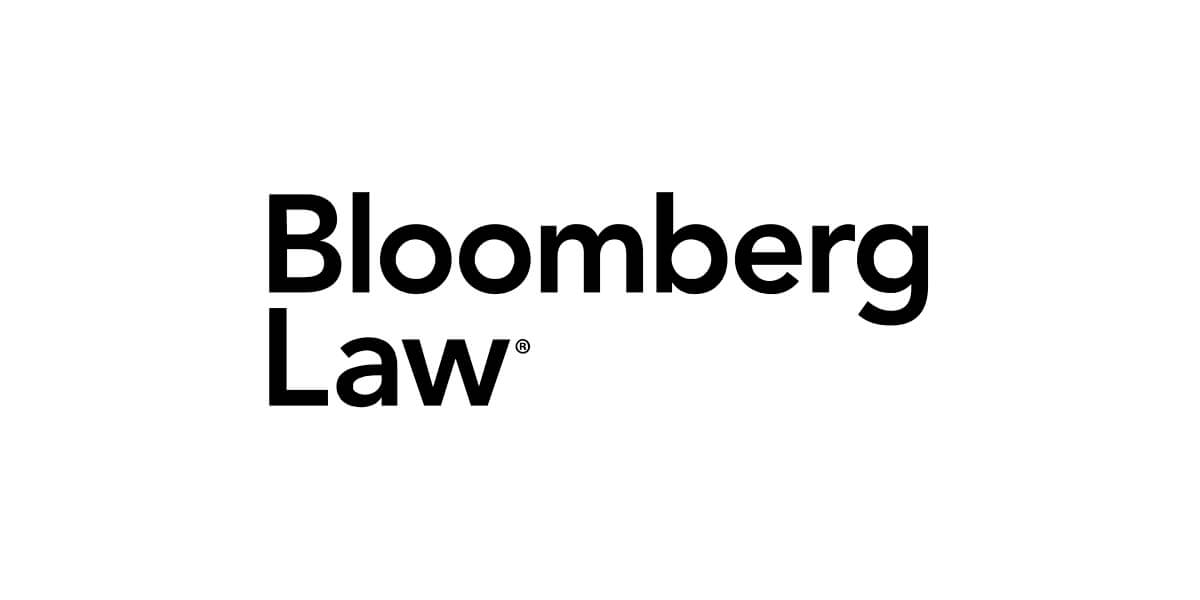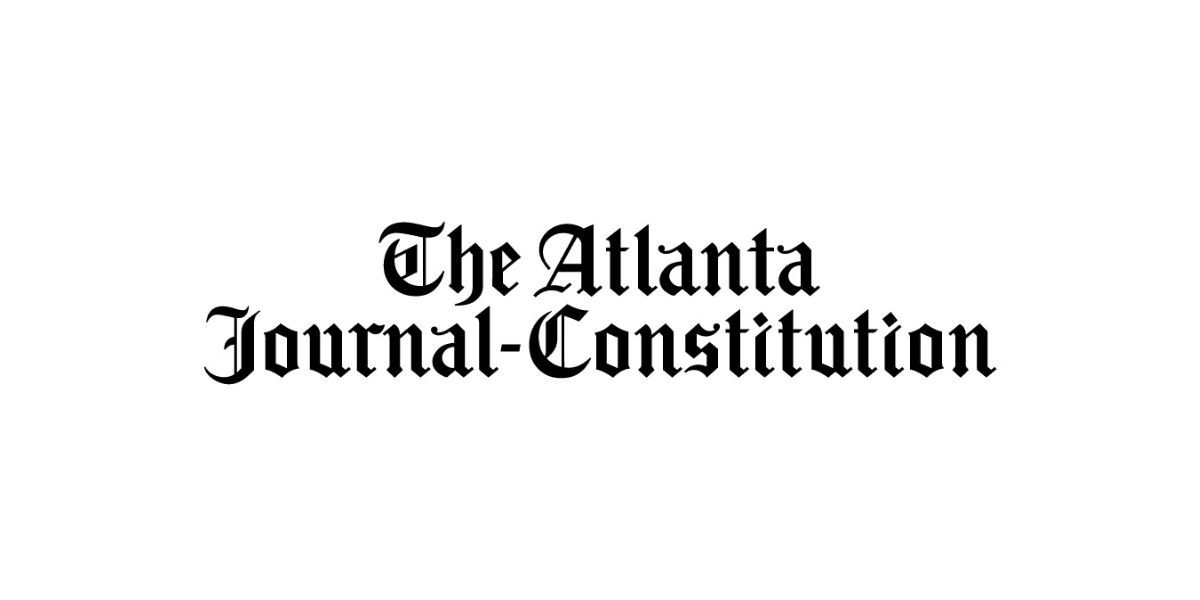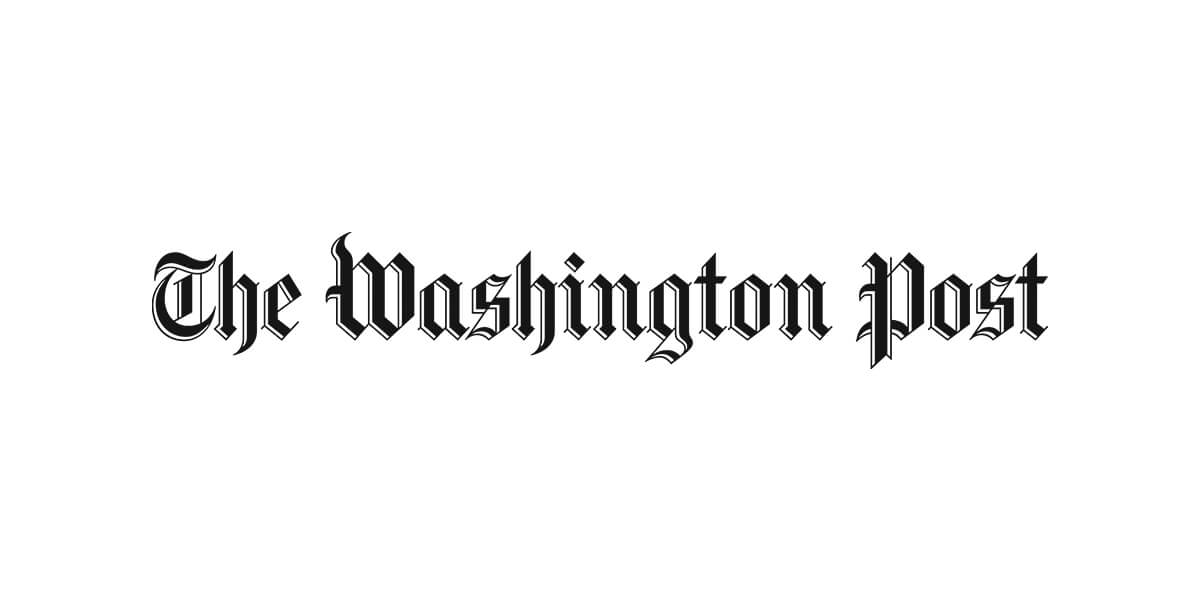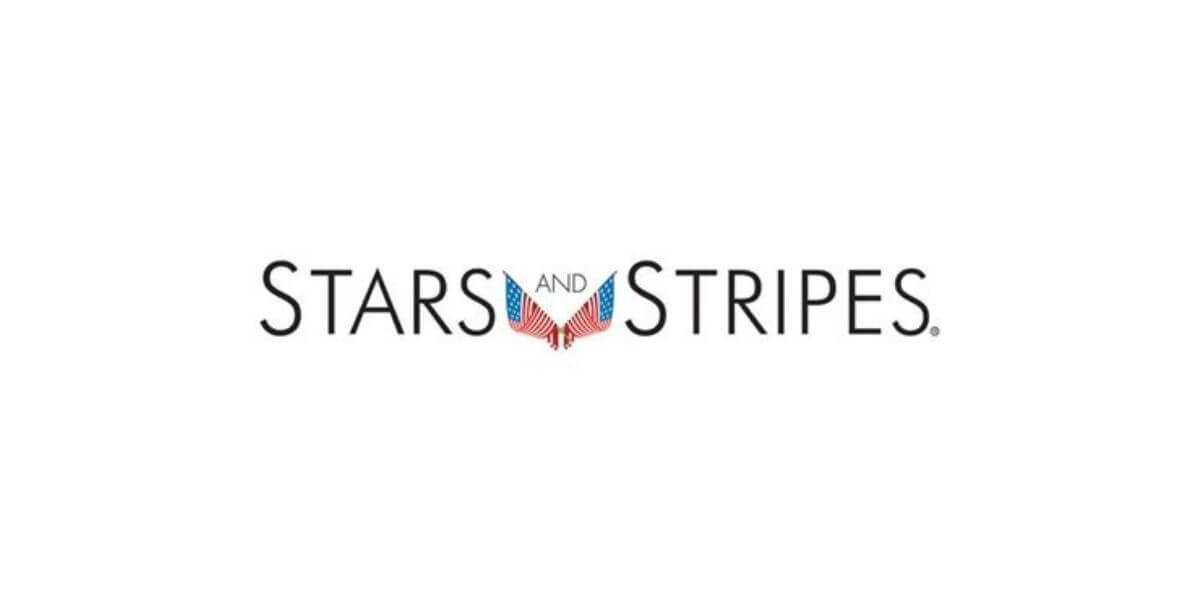WASHINGTON, D.C. (Bloomberg Law) — President Donald Trump’s firing spree that targeted officials at five independent workplace agencies has left three of them hobbled as his administration reaches the end of its first 100 days.
Trump hasn’t announced new nominations to give the National Labor Relations Board, the Equal Employment Opportunity Commission, or the Merit Systems Protection Board the minimum number of members necessary to fully function.
“Most workers know there are basic protections out there,” even if they can’t cite to specific laws, said Sharon Block, executive director of the Center for Labor and a Just Economy at Harvard Law School and former NLRB member. “To be in a position where you know you have rights and then be told nobody is going to stand up and help you vindicate your rights, that really contributes to shaking people’s belief in our democracy.”
Although the NLRB, EEOC, and MSPB can still perform many of their duties, their lack of quora leaves critical gaps to the detriment of workers, unions, and in some instances, employers.
Crucially, the NLRB and MSPB can’t issue decisions. And while the EEOC isn’t primarily an adjudicative agency, the commission can’t approve impact litigation, or modify existing rules or guidance and issue new policies.
Beyond the immediate practical implications of the firings, Trump also set in motion a high-stakes court test of the president’s power to dump agency officials despite statutory safeguards preventing such at-will removal.
The ability to freely ax officials plays a key role in Trump’s effort to bring dozens of independent agencies under direct White House control. The power to fire also has ramifications for the nation’s monetary policy, as illustrated by Trump’s recent musings about canning Federal Reserve Chairman Jerome Powell, which he later walked back.
The US Supreme Court is all-but guaranteed to weigh in on Trump’s firing authority. Legal challenges to NLRB and MSPB members’ removals are pending on the high court’s emergency docket.
The White House didn’t provide comment.
Employment Agency Focus
Trump has sacked other agency officials during his first 100 days, including members of the Federal Trade Commission, the Privacy and Civil Liberties Oversight Board, and the National Credit Union Administration.
But his initial round of leadership terminations zeroed in on agencies that focus on the workplace: the NLRB, which oversees unionizing in the private sector; the EEOC, which enforces anti-discrimination laws; the MSPB, which handles federal workers’ appeals to personnel actions; the Federal Labor Relations Authority, which adjudicates union issues in the federal sector; and the Office of Special Counsel, which protects whistleblowers and other federal workers.
Fallout from these firings has varied.
The administration hasn’t challenged a court order reinstating FLRA member Susan Grundmann, and the White House named an acting head of the OSC.
But the other three workplace agencies remain only partially functioning.
Labor Board Shortfalls
The NLRB uses a series of delegations—developed after the Supreme Court held in 2010 that the board needs three members to maintain its quorum—to continue much of its work, including processing unfair labor practice cases and certifying union elections.
“At some point in both the ULP and election process, however, employers can take their concerns to the board,” said Lauren McFerran, NLRB chair during the Biden administration. “In the absence of a quorum, those cases stop in their tracks.”
The NLRB’s current status also creates problems for employers because the board can’t overturn Biden-era precedents and replace them with more management-friendly alternatives, said Steven Suflas, an attorney at Holland & Hart LLP who represents companies.
Trump has been able to flip partisan control of the board by appointing Republicans to the the two NLRB seats that were open at the start of his term, an option that’s independent of firing Democratic member Gwynne Wilcox.
Equal Employment Gaps
The EEOC similarly can’t reconsider Biden-era policies that employers have criticized, including its regulation carrying out the Pregnant Workers Fairness Act and harassment guidance that includes protections for LGBTQ+ workers.
The commission is also unable to approve the agency’s filing of lawsuits that go after discriminatory employer practices on a systemic level, said Joseph Seiner, a professor at the University of South Carolina and former EEOC lawyer.
The EEOC’s systemic cases are critical to combating workplace bias on a broad scale because the agency doesn’t face the same hurdles to carrying out impact litigation that workers face, Seiner said. Those obstacles include the high bar for class actions stemming from the Supreme Court’s 2011 decision in Wal-Mart Stores v. Dukes, and the cap on damages for job bias under Title VII of the 1964 Civil Rights Act, he said.
The lack of a quorum also prevents the EEOC from ruling in federal-sector discrimination disputes that could set precedent or involve issues in the commission’s strategic plan, said Courtney Mickman, a former EEOC administrative judge who represents workers at Alan Lescht & Associates PC.
Merit Systems Breakdowns
Trump is no stranger to a hamstrung MSPB. The agency lacked enough members to issue decisions from 2017 to 2022, leading to a backlog of more than 3,700 cases.
But the queue of cases is likely to be a lot larger if the lack of quorum continues during Trump 2.0 because of the mass layoffs across the federal government, said Allen Shoikhetbrod, an attorney with worker-side firm Tully Rinckey PLLC.
Average weekly filings at MSPB field offices give a sense of the workload that could be headed to the board. Weekly filings from Feb. 9 to March 22 averaged nearly 1,600, marking a 1,366% increase over the weekly average during the preceding five-week period.
“Right now, people are scared and don’t know what’s happening or what’s going to happen,” Shoikhetbrod said. “Those feelings are justified because a lot of this is unprecedented.”





